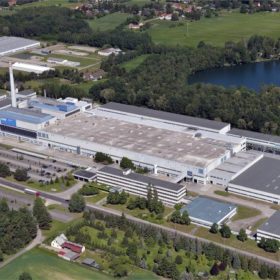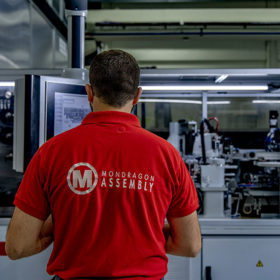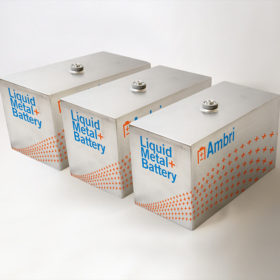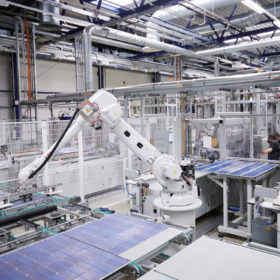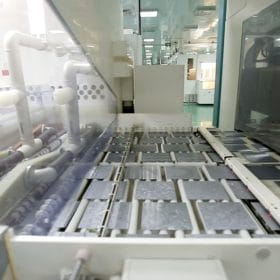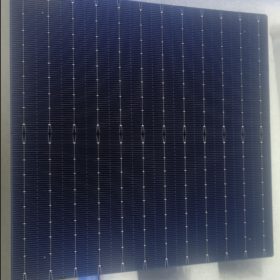PV InfoLink forecasts polysilicon prices to be halved by end of 2023
The consulting firm expects prices to decline gradually through the first semester of 2023, followed by an accelerated decline in the second half of the year, with prices falling from the current CNY 300 ($36.64)/kg to below CNY 150/kg by the end of 2023. Polysilicon production capacity may increase from 500 GW in 2022 to 975 GW next year.
Su-vastika launches up to 500 kVA lithium battery UPS
The Indian solar startup has introduced lithium battery-based three-phase uninterruptible power supplies (UPS) with power ratings from 10 kVA to 500 kVA.
Borosil Renewables completes acquisition of 86% in Europe’s largest solar glass maker Interfloat Group
Borosil Renewables had signed a binding offer for 100% equity in Interfloat Group, Europe’s largest solar glass manufacturer, in April this year.
PCM-based thermal battery to store solar power via heat pump
Norway’s SINTEF has designed a heat storage system based on phase change materials (PCM) that can support PV generation and peak shaving. The battery’s container hosts 3 tons of liquid biowax based on vegetable oil and is now beating performance expectations at a pilot facility.
Mondragon Assembly will develop a multi-GW automated manufacturing line for BVG Ltd
It will be one of the largest and most automated lines in North India, with the capacity to produce higher power modules with larger cells. The first phase will have a production capacity of 500 MW.
Ambri, Reliance Industries sign MoU on liquid-metal battery pilot
Reliance, a strategic investor in US-based Ambri, is purchasing Ambri’s liquid-metal battery system for demo installation as part of its broader energy storage manufacturing plans and deployments in India.
Global installed PV capacity could hit 260 GW in 2022
The International Energy Agency Photovoltaic Power Systems Programme (IEA PVPS) estimates that 173.5 GW of new solar capacity was installed in 2021, and that figure might rise to 260 GW in 2022. pv magazine spoke with the co-chair of the European Solar Manufacturing Council to look into the figures.
Triton signs EV battery packs, hydrogen fuel cells deal with BEL
The India arm of USA-headquartered Triton Electric Vehicle has issued an INR 8,060 crore (around $971 million) Letter of Intent to state-owned Bharat Electronics Ltd (BEL) for the purchase of EV battery packs. It will also transfer its technology to BEL for production of hydrogen fuel cells in India.
BHEL seeks one million mono PERC solar cells
Manufacturers have until October 27 to submit bid for supplying the monocrystalline silicon PERC solar cells. The cells must feature five busbars and provide peak output of more than 5.54 W.
TOPCon solar cell achieves 24.2% efficiency via new plasma-assisted atomic layer deposition tech
A team of international researchers has simplified the deposition of thin film layers in the commercial production of TOPCon solar cells. Via a tube-type industrial plasma-assisted atomic layer deposition (PEALD) technique, they were able to achieve a power conversion efficiency of 22.8% in a 60-cell, 613 W TOPCon module.

